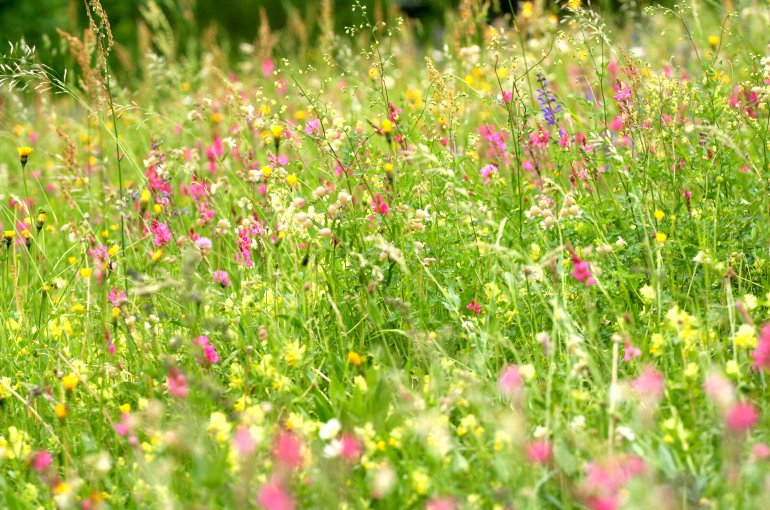Fertilisation decreases grassland plant diversity by reducing their resource niches
Nature publication co-authored by Utrecht biologist Yann Hautier

Plants can reduce competition and cohabit with other plant species by having their own unique niche. For example, two species can coexist if they use the same resources at different times: early versus late season. A novel analysis using data from 45 grasslands around the world reveals that the destruction of these natural niches, for example by fertilisation, could lead to major loss of plant diversity worldwide and thereby decrease the functionality of grassland ecosystems. The study, executed by the global consortium Nutrient Network and co-authored by Utrecht University researcher Yann Hautier, is published in Nature on 24 August 2016. “This is a major concern,” says Hautier, “since human activities such as fertilisation are reducing the number of plant species at rates never observed before.”
The diversity of plant species is essential for grassland ecosystems to function properly. Yann Hautier explains: “Different plant species thrive under different environmental conditions. A bad year for one plant species can be compensated for by another species that thrives under these particular conditions. These compensations are more likely to happen when the species pool is more diverse and help to maintain the functioning of the ecosystem as a whole. Therefore, the loss of plant species could threaten the proper functioning of grassland ecosystems and the goods and services that we receive from them.”
Plant species and their niches
Plant species compete for a limited number of resources in the soil. In theory, this competition should drive species to exclude each other. However, many different species can co-occur on small plots of land. For example, one square metre of temperate grassland can host up to 89 different plant species, and one hectare of tropical forest can support up to 942 tree species. This diversity is caused by the fact that plant species are specialised in extracting certain types of nutrients from the soil as their resources, allowing them to reduce or avoid competition with neighbouring plant species. The current study, led by Prof. W. Stan Harpole (UFZ/iDiv/MLU, Germany), shows that an increase in added resources causes a decrease in the number of resource niches, leading to a reduction in the number of plant species.
Consequences for grassland management
The findings reveal that nutrient amendment in grassland ecosystems reduces plant diversity because it reduces the number of resource niches under which species can coexist. This concerns both direct addition of nutrient through fertilisation, but also nutrient deposition from farming, industry, and burning of fossil fuels. “If we want to continue to benefit from the services that our ecosystems are providing, it is more important than ever to control nutrient enrichment in order to preserve a diversity of plant species”, Hautier concludes.
Publication
Sustainability at Utrecht University
By combining its expertise in the field of sustainability, Utrecht University develops integrated solutions for sustainability issues contributing to a better future for following generations. This theme connects Utrecht’s excellent sustainability research from the humanities, sciences and social sciences with a focus on water, energy and a healthy environment. Sustainability is one of the four strategic research themes at Utrecht University.

